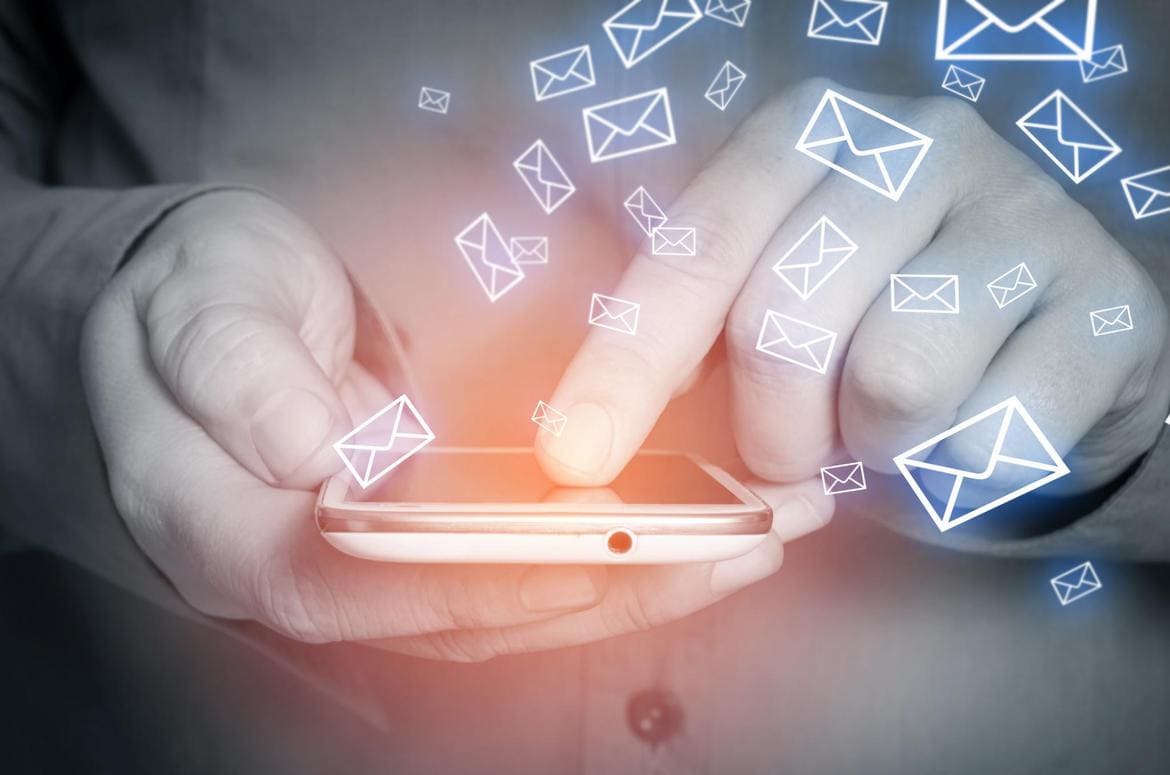DMARC stands for: Domain-based Message Authentication, Reporting and Conformance: domain-based message authentication, reporting and conformance of messages.
The background to DMARC.org is to increase security in e-mail communication and to ensure greater protection of e-mail recipients against phishing mails, as well as facilitating domain reputation. The goal is to filter out or intercept certain forms of criminal e-mails (phishing) early on so that they do not reach the users. Phishing is the forging of e-mail messages to Internet users, in which, for example, a link contained in the e-mail does not lead back to the reputable provider but rather to the attackers in concealed form, who thus intend to obtain sensitive private data. Phishing can also be done through attachments or requests in an e-mail. Frequently, the sender’s address is disguised to simulate a valid sender to the recipient of an e-mail. This is verified, among others, by DMARC in order to detect any “forgeries”.













